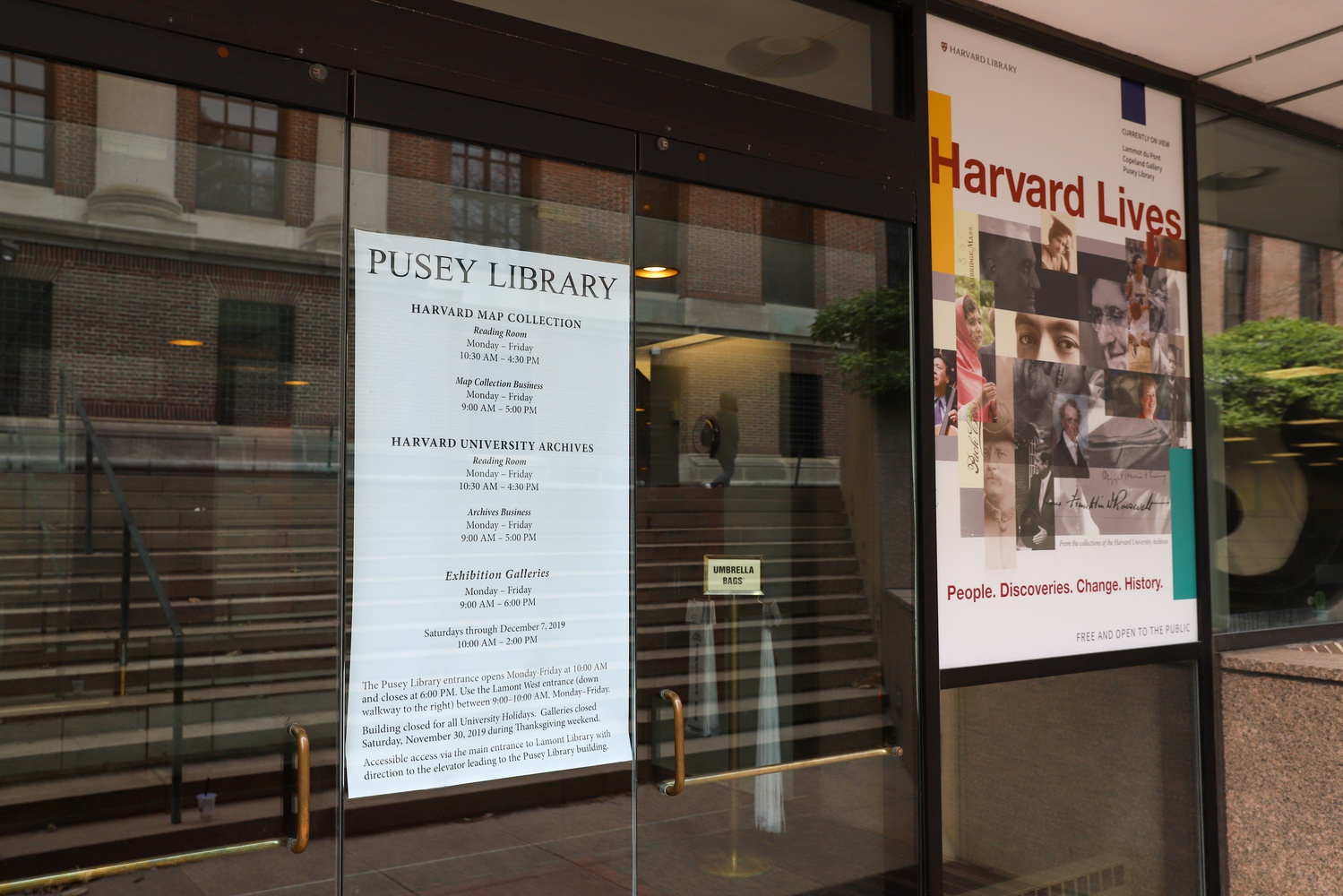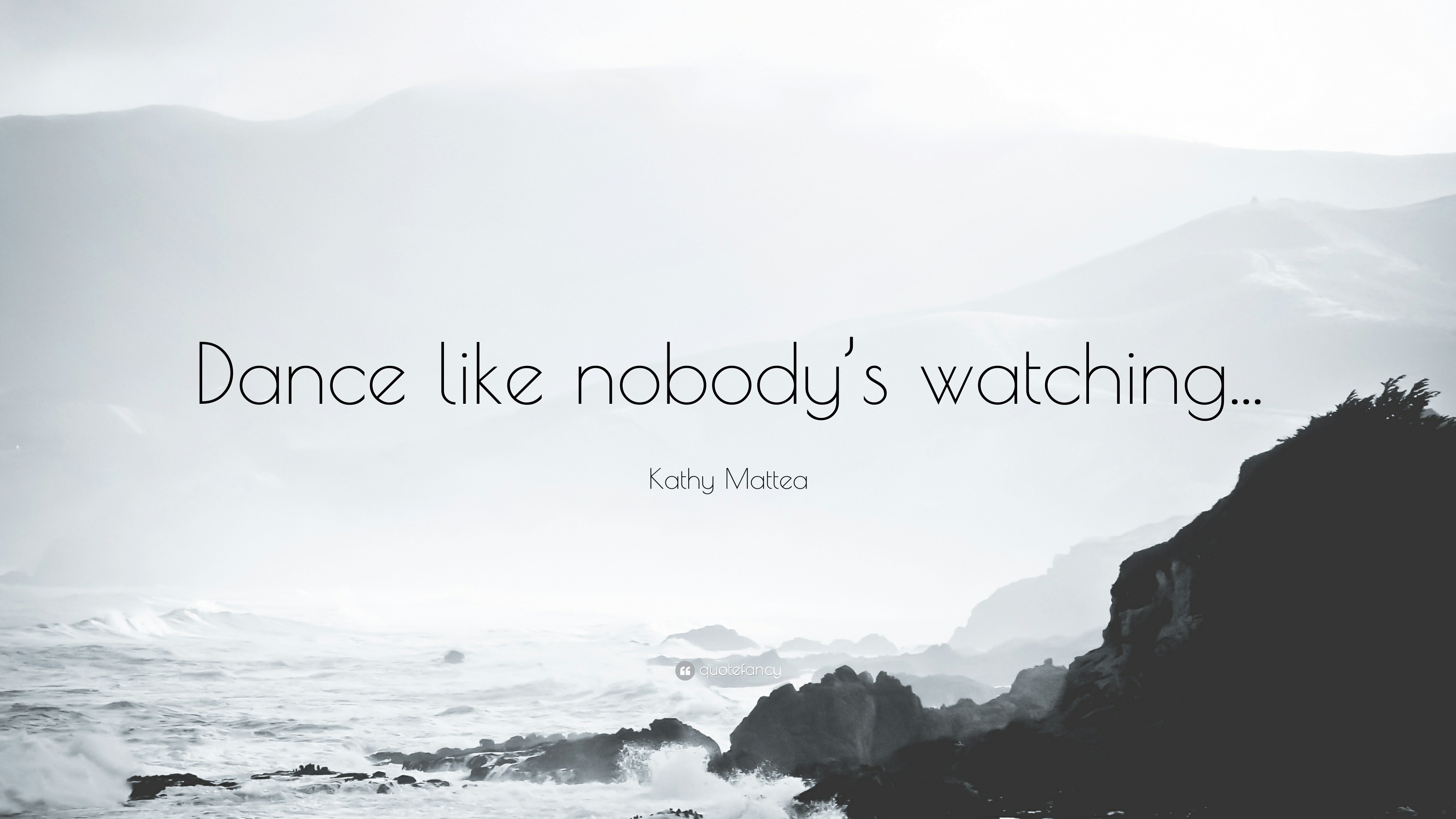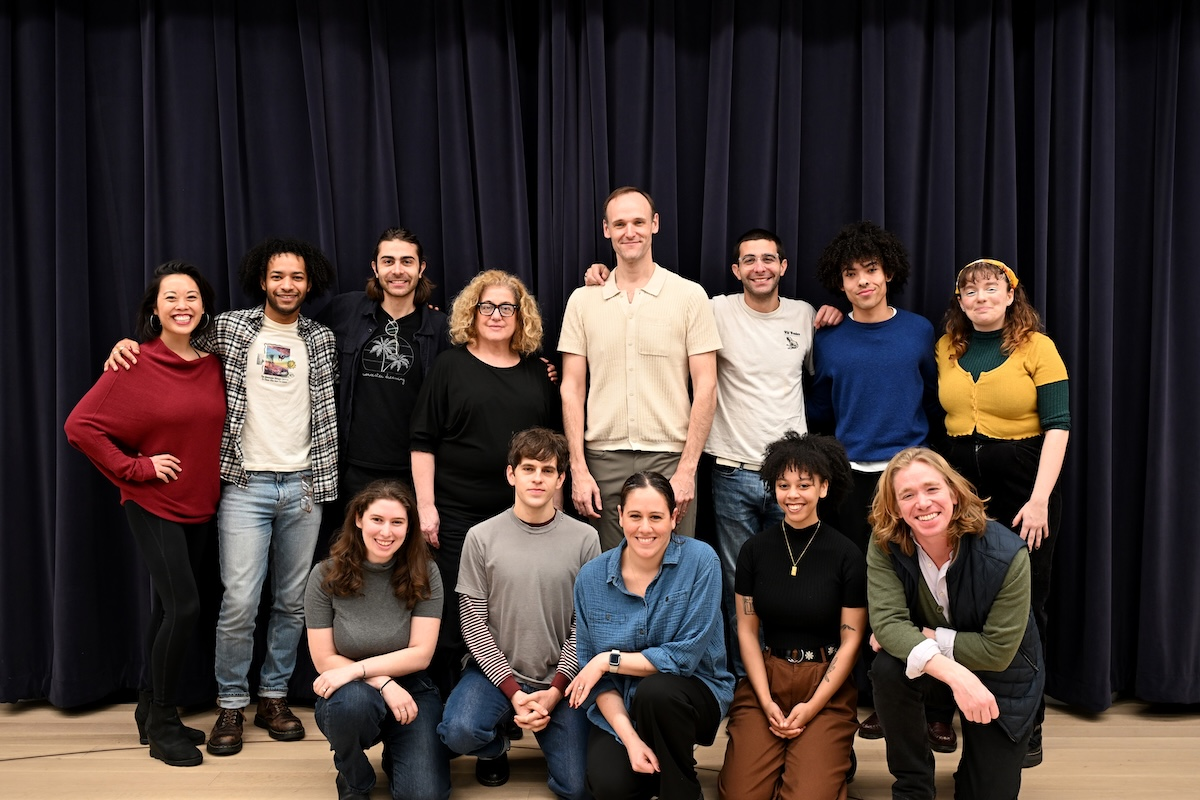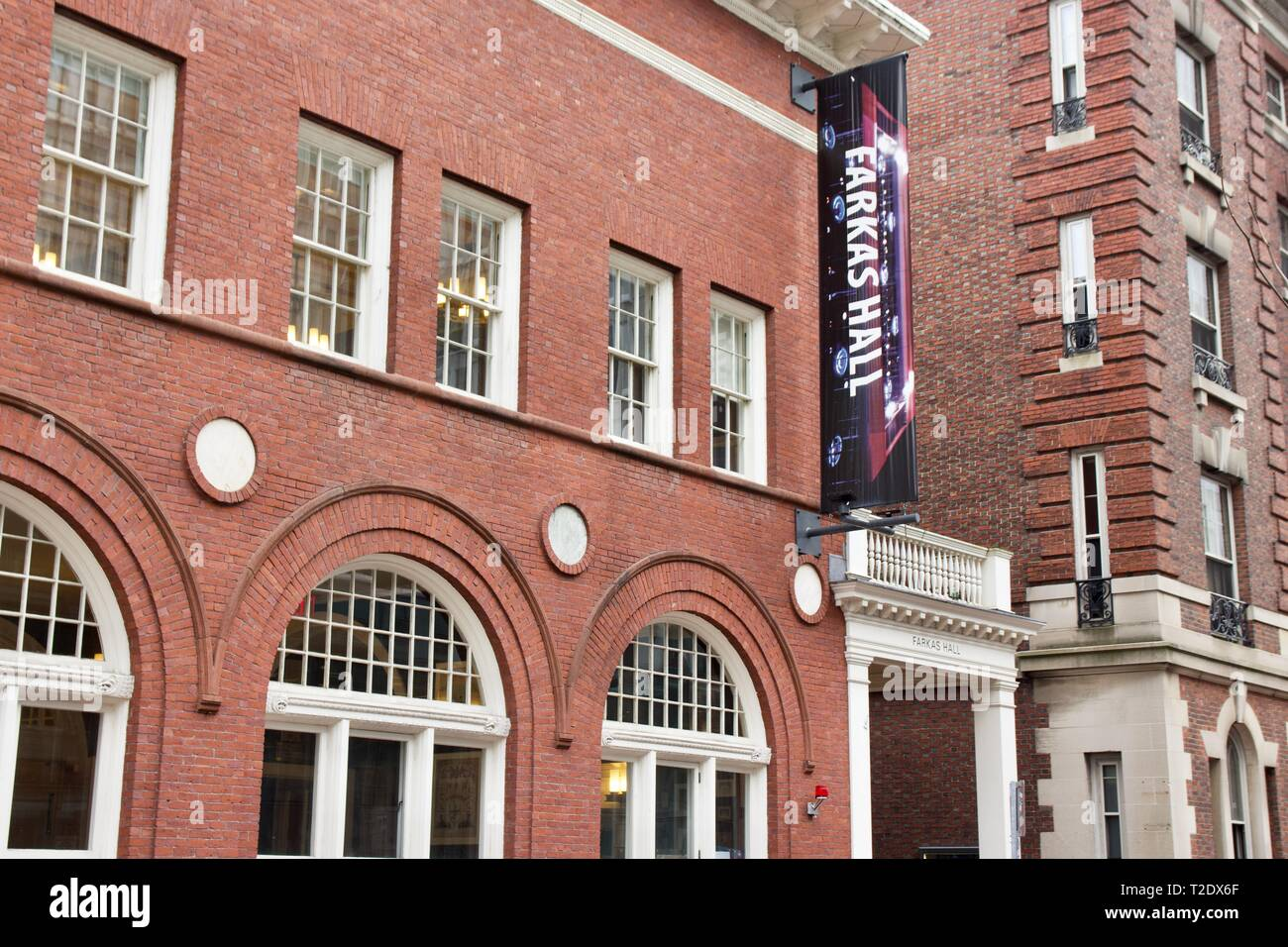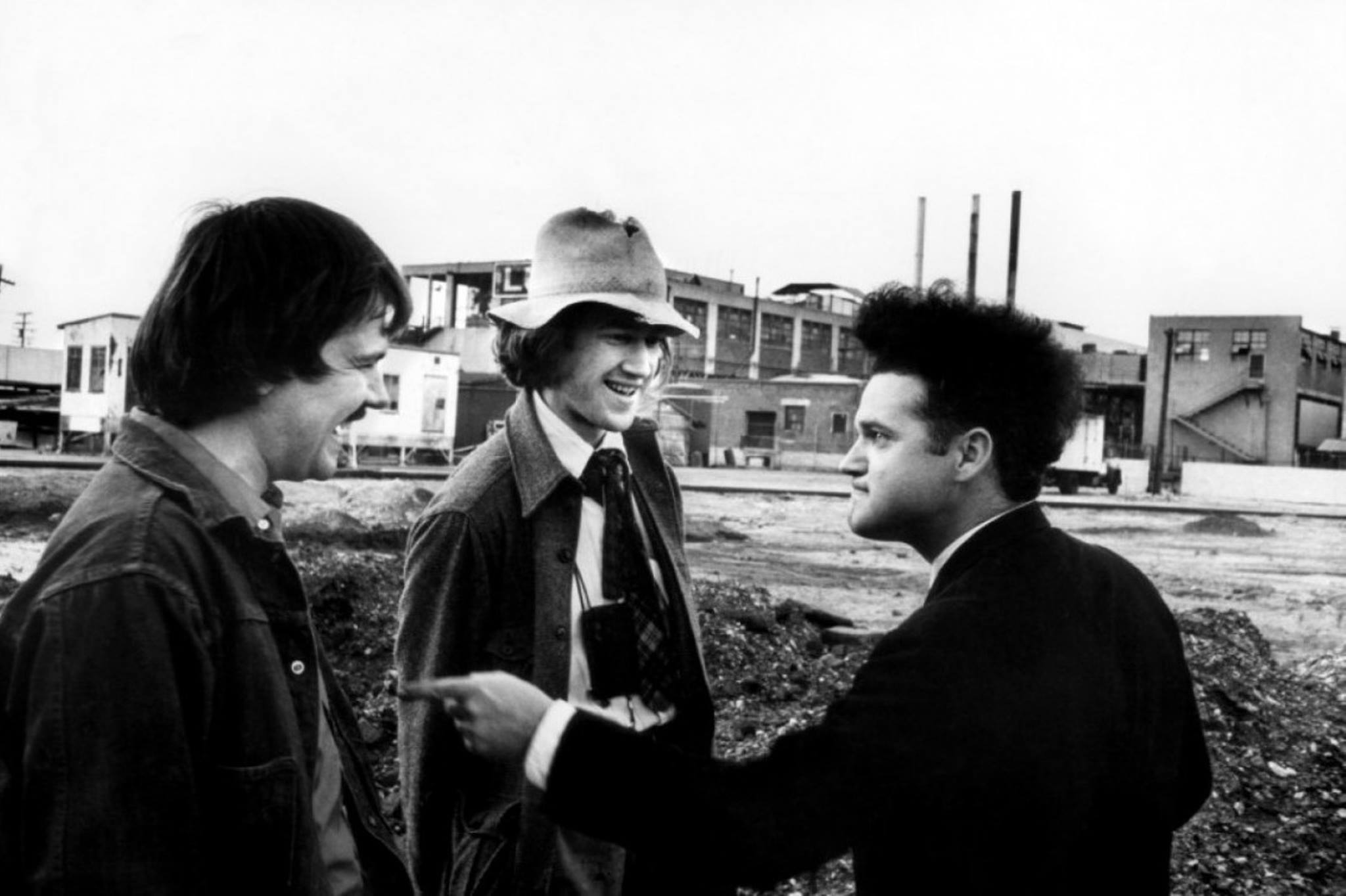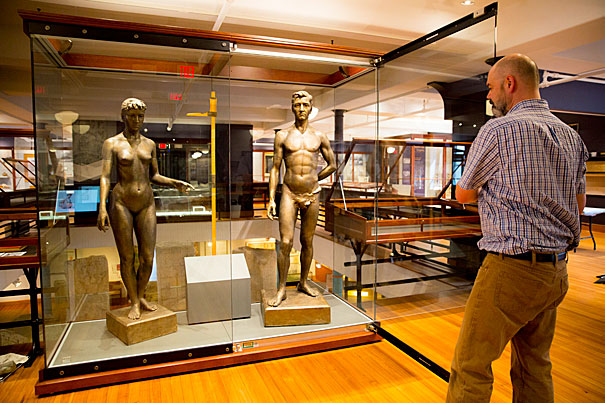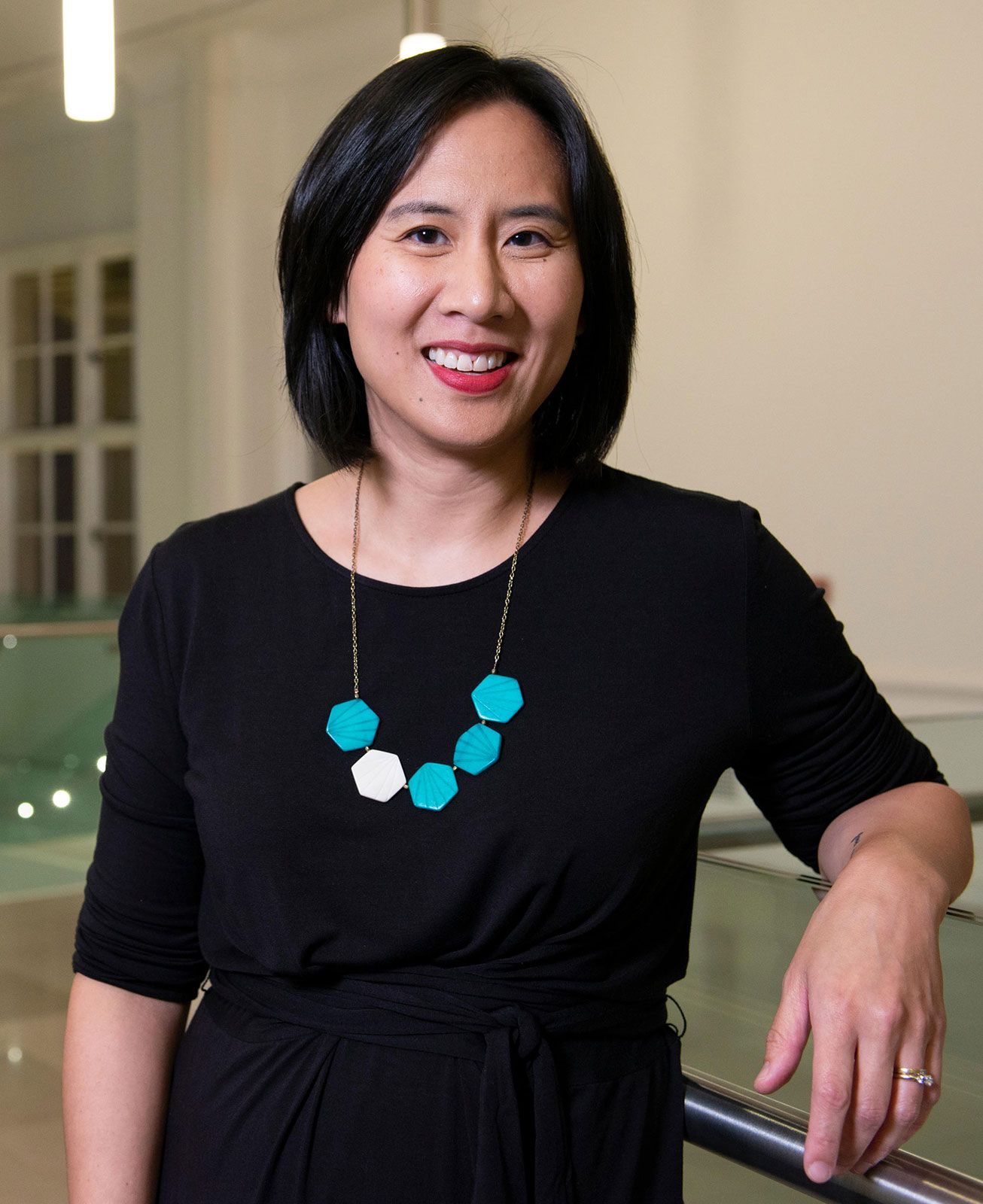Becky G Cultural Rhythms took center stage at the 39th annual festival held at Harvard University, celebrating cultural diversity and artistic expression among student performers. As a five-time Latin Grammy nominee and this year’s Artist of the Year, Becky G inspired attendees with her commitment to authenticity and representation. The festival showcased a vibrant array of performances, captivating audiences with dance routines from around the globe, including dynamic Bhangra and traditional Mexican moves. With a legacy spanning back to 1986, the Cultural Rhythms festival has become a hallmark event, merging music, dance, and community spirit in a week-long celebration. This year’s festivities were topped off by a heartfelt performance from the Kuumba Singers, emphasizing the importance of art as a healing and unifying force.
The Cultural Rhythms festival, a pivotal event at Harvard University, shines a spotlight on the rich tapestry of student artistic talents and cultural expressions. This beloved celebration, marked by Becky’s inspiring presence as the honored Artist of the Year, invites vibrant performances that reflect the diverse heritage within the student body. Attendees enjoy an electrifying showcase of global dance styles, highlighting the importance of community, identity, and authenticity in the arts. As participants, student performers engage in powerful storytelling through music and movement, demonstrating the transformative power of cultural expression. This annual gathering not only celebrates individual talents but also fosters a deeper understanding and appreciation of multicultural experiences.
Becky G’s Impact at Cultural Rhythms Festival
Becky G, honored as Artist of the Year at the Cultural Rhythms festival, stood out not only for her musical prowess but also for the significance of her message. Addressing an enthusiastic crowd, she emphasized the importance of authenticity in artistry, noting how crucial it is for young performers to stay true to their cultural roots. As one of the five-time Latin Grammy nominees, Becky G serves as a beacon of inspiration for student performers, encouraging them to embrace their heritage confidently. This unique connection to the audience allowed her to share personal insights into her career journey, making her presence felt deeply at the event.
The festival is a celebration of cultural diversity and artistic expression, with Becky G’s performance inspiring many aspiring artists in attendance. Her recognition as Artist of the Year ties in beautifully with the festival’s spirit, where art becomes a medium of healing and unity. By showcasing her journey and challenges, Becky G encourages students to push boundaries and represents a contemporary figure whose Latina identity resonates strongly with the community. Her involvement highlights the power of music and performance in bridging cultural divides.
Celebrating Diversity at the Cultural Rhythms Festival
The Cultural Rhythms festival at Harvard University has become a hallmark tradition since its inception in 1986, celebrating the diverse cultural tapestry of its student body. This event not only features performances from various dance troupes such as the RAZA Ballet Folklórico and the Kuumba Singers but also fosters an environment of mutual respect and understanding among different cultures. Each performance showcases unique cultural narratives and dances that reflect rich histories and traditions, truly embodying the festival’s motto of inclusivity.
As students from diverse backgrounds participate, the festival becomes a melting pot of artistry that promotes cultural appreciation and awareness. The inclusion of styles such as Ethiopian folk dances and electrifying Bhangra moves demonstrates the festival’s commitment to honoring global heritage. Each act performed during the grand finale at Sanders Theatre is a testament to the talent and dedication of these young artists, making the Cultural Rhythms festival a cornerstone of Harvard’s commitment to diversity and creativity.
The Role of Arts in Community Healing
Arts play a pivotal role in community and cultural healing, as highlighted during the Cultural Rhythms festival. With performances that blend music, dance, and storytelling, participants express personal and collective experiences while fostering a sense of belonging and connection. Habiba Braimah, senior director of the Harvard Foundation for Intercultural and Race Relations, articulated this sentiment, showcasing how cultural engagements can address feelings of division. This festival serves as a reminder of the importance of unity through artistic expression, encouraging participants to embrace their identities while inviting intercultural dialogue.
Moreover, Becky G’s insights on mental health resonate with many who struggle with similar challenges. By advocating for openness about mental health in her conversations and performances, she emphasizes that cultural narratives are not just about celebration but also reflection and healing. The festival allows attendees to share their stories through art, making it significant for personal growth and community solidarity. In this way, Cultural Rhythms stands as an impactful platform for both celebration and healing, reinforcing the importance of arts in diversity.
Supporting Student Performers in Arts and Culture
At the Cultural Rhythms festival, the spotlight is equally on student performers who showcase their talents to a supportive community. This year’s event featured over ten student groups, providing a vibrant display of creativity. From traditional dances to modern artistic expressions, these performers exemplify dedication and hard work, giving visibility to diverse cultures. Becky G’s acknowledgment of their efforts empowers these young artists, motivating them to pursue their passions vigorously. This recognition not only boosts their confidence but also highlights the importance of fostering talent within universities.
The support from established artists like Becky G serves to inspire students to believe in their unique voices and cultural narratives. As they perform on stage, student artists gain invaluable experience and feedback, shaping them into well-rounded performers. Cultural Rhythms thus becomes more than just a festival; it is a nurturing ground for emerging talents to refine their skills while also celebrating their cultural identities. The backing of the Harvard Foundation plays a crucial role in amplifying these voices, promoting a cycle of encouragement and representation in the arts.
Navigating Cultural Identity through Performance
Cultural Rhythms offers an invaluable opportunity for students to navigate their identities through performance. With diverse acts representing a wide range of backgrounds, performers engage in a literal and figurative dance with their heritage. This festival demonstrates how art allows for exploration and expression of identity, allowing students to both learn and share their cultural stories with others. In a world that often marginalizes different voices, such platforms empower students to embrace their backgrounds fully and showcase their talents authentically.
As Becky G emphasizes, leaning into one’s authenticity is crucial. The Cultural Rhythms festival embodies this ethos, empowering performers to portray their cultural narratives confidently. In turn, the audience is invited to experience the rich cultures represented, fostering understanding and appreciation. Ultimately, these performances promote intercultural dialogue and raise awareness about the significance of cultural identities, not just as individual expressions but as communal celebrations.
The Journey of Becky G: From Aspiring Artist to Role Model
Becky G’s journey from a budding artist to an influential role model exemplifies the potential of perseverance in the music industry. With her roots deeply embedded in her Latina heritage, the singer has remained committed to using her platform for social good. By engaging with fans and audiences, particularly at events like Cultural Rhythms, she shares her experiences and hopes to inspire young artists to pursue their passions without compromising their identities. Her heartfelt messages resonate with many, urging them to recognize their worth and the power of their cultural background.
Through her music and advocacy, Becky G acts as a bridge for new generations of performers, highlighting the importance of staying authentic in a competitive landscape. Her recognition as Artist of the Year mirrors her contributions to empowering underserved communities. By emphasizing the lack of opportunities for many talented individuals, she encourages industry change, telling stories that matter. As she continues her journey, Becky G remains dedicated to being a real model for her fans, showing that success is achievable through hard work and integrity.
The Evolution of Cultural Rhythms Festival
Since its inception in 1986, the Cultural Rhythms festival at Harvard University has evolved into a major celebration of cultural diversity within the student body. Originally a smaller event, it has grown into a weeklong series that includes fashion shows, food fairs, and culminating performances that reflect the vibrant tapestry of cultures present on campus. This festival not only showcases traditional art forms but also contemporary expressions, reinforcing the need to adapt and celebrate the dynamic nature of culture in today’s world.
The festival has also become a platform for voices that were previously underrepresented in mainstream culture, allowing student performers to express themselves authentically. The recognition of artists like Becky G illustrates how the festival honors those who break barriers and champion inclusivity. As such, Cultural Rhythms reflects Harvard University’s commitment to fostering an environment where diversity is recognized and celebrated, making it a significant event on the academic calendar year after year.
The Significance of Artist of the Year Awards
The Artist of the Year award at the Cultural Rhythms festival holds significant value, not only for the recipients but also for the students and broader community. The recognition given to individuals like Becky G showcases the importance of artistic expression and contributions to cultural diversity. Past honorees, including renowned figures like Lady Gaga and Viola Davis, highlight the festival’s tradition of honoring those who break new ground in their respective fields. This award serves as a beacon of hope and aspiration for student performers and attendees alike.
Receiving this accolade signifies more than just individual achievement; it represents a cultural milestone for underrepresented communities. As Beck G reflected, being recognized among such illustrious company inspires her to push further in her career while also helping others along the way. The festival serves as a reminder that the arts should celebrate and reflect cultural identities, and the Artist of the Year award encapsulates this idea perfectly, reminding all that powerful stories can stem from diverse backgrounds.
Becky G: A Voice for Mental Health Awareness
Becky G’s advocacy for mental health is a notable aspect of her impact, especially highlighted during her appearance at the Cultural Rhythms festival. By openly discussing her struggles with anxiety, she normalizes conversations around mental health within the context of cultural narratives that often discourage such openness. This transparency not only resonates with many young people who face similar challenges but also empowers them to seek help without the fear of stigma. Her message is particularly relevant in a culturally rich environment where differences in upbringing can lead to varying perceptions about mental well-being.
The encouragement she provides underscores the vital need for communities to support one another in their mental health journeys. As attendees listened to Becky G speak, they were reminded of the significance of being authentic and vulnerable. Events like Cultural Rhythms allow for shared experiences, leading to healing through art and community, reinforcing that mental health is indeed an integral part of one’s cultural identity. Through her platform, Becky G continues to advocate for mental health awareness, reminding us all that there is strength in acknowledging our struggles.
Frequently Asked Questions
What is the Cultural Rhythms festival featuring Becky G?
The Cultural Rhythms festival is an annual event at Harvard University celebrating cultural and ethnic diversity among its student body. In 2025, the festival featured five-time Latin Grammy nominee Becky G, honored as the Artist of the Year, who commended student performers for their authenticity and representation in the arts.
How did Becky G feel about being recognized as Artist of the Year at the Cultural Rhythms festival?
Becky G expressed her gratitude for being named Artist of the Year at the Cultural Rhythms festival, acknowledging it as an honor to join the ranks of past awardees like Lady Gaga and Rubén Blades. She emphasized the importance of authenticity among young performers and felt inspired by the talent showcased.
What performances took place at the Cultural Rhythms festival with Becky G?
The Cultural Rhythms festival featured a range of performances, including traditional Ethiopian dances from the Harvard Dankira Dance Troupe and vibrant Bhangra by the Omo Naija x The Wahala Boys. Becky G was seen enjoying the performances, especially those from student groups like Mariachi Veritas and RAZA Ballet Folklórico, which celebrated Mexican musical traditions.
How does Becky G use her platform during events like Cultural Rhythms?
During events like the Cultural Rhythms festival, Becky G uses her platform to raise awareness on mental health issues, urges young individuals to seek help, and speaks to the importance of staying true to one’s cultural roots. She aims to inspire others by sharing her journey and emphasizing that perfection is not a requirement for being a role model.
What impact does Cultural Rhythms have on the Harvard community according to Becky G?
Becky G highlighted that the Cultural Rhythms festival positively impacts the Harvard community by fostering representation, authenticity, and unity among diverse cultures. Through performances and discussions, the festival encourages individuals to embrace their identities and celebrate artistic expression.
| Key Points |
|---|
| Becky G recognized at Cultural Rhythms festival for leaning into authenticity and representation. |
| Cultural Rhythms is an annual festival celebrating the diversity of the Harvard community. |
| Event featured performances from various student dance troupes showcasing global cultures. |
| Becky G encouraged discussions on mental health and authenticity. |
| The festival highlighted inclusivity and the importance of diverse cultural expression. |
| Becky G emphasizes the need for greater opportunities in the arts for marginalized communities. |
Summary
Becky G Cultural Rhythms highlights the importance of cultural representation and community celebration through the arts. At the festival, which showcases various performances, Becky G received accolades for her commitment to authenticity and her advocacy for mental health. The event not only brought together diverse talents from the Harvard student body but also reinforced the idea that cultural expression can heal and unite. With her influential platform, Becky G is paving the way for future generations of Latinx artists to maintain their cultural roots while thriving in the music industry.

